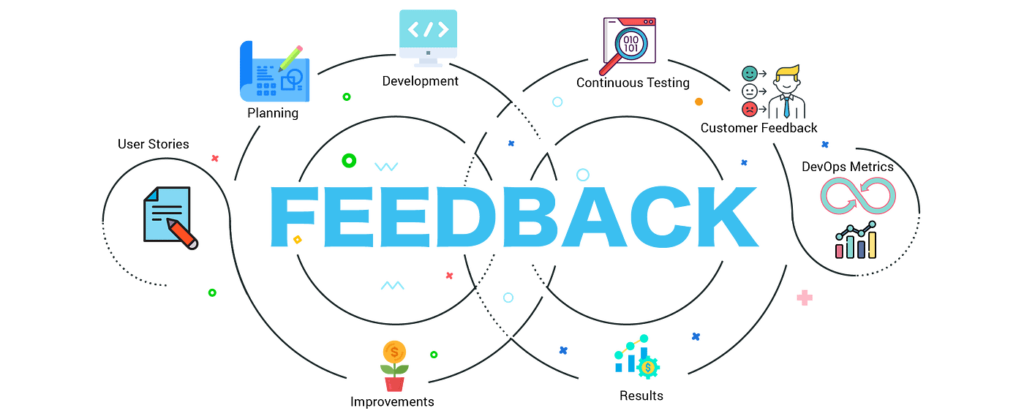Performance Management: Modern Approaches for Today’s Workforce
In the various methods of tackling performance in the today’s dynamic world of work, the conventional ways of measuring performance have not been adequate. What used to be performed once in a year is fast becoming irrelevant as employers tweak for the new and more frequent ways of performance management. In this blog, I describe ideas related to performance reviews, feedback, and learners that take into consideration the current trends in the workplace.
The Shift from Annual Reviews to Continuous Feedback
Today, companies can no longer afford to have one or two performance assessments a year to evaluate the employee’s performance. In the present world, many organizations are implementing feedback cultures that allow managers and subordinates to give feedback in real-time. It is more effective to identify success stories and discourage or deal with problems as soon as possible, and so there’s increased interaction at the workplace.

Why Continuous Feedback?
Timeliness: Such feedback also presents the employee with steady appraisal of their performance so that any changes can be made on the spot.
Engagement: Scheduling meetings makes employees to be in touch frequently and increases the chances of them being engaged and satisfied.
Development: Feedback can be considered as an on-going process that is centered more on the notion of learning, which means that employees are able to learn how to grow and become better with regards to their performance over time.
Implementing Continuous Feedback
Frequent Check-ins: Promote the practice where managers will have to hold individual sessions with their subordinates. These sessions can be on a weekly or better still once in a fortnight, because this will allow for real time feedback and coaching.
Feedback Tools: Engage in feedback using technology applications and programs with features of real time feedback. Some of the examples of the apps that could be used are – Slack, Microsoft Teams, or any of the specialized feedback tools like 15Five.
Training: Give the managers the necessary tools on how they are to provide constructive criticism. Activities of sensitization can assist the managers in setting the feedback as specific as possible, timely, constructive, and in equal measure, carried out with manners that are sensitive to the receivers.
Modern Performance Reviews
However, regular feedback should not be associated with the elimination of performance reviews because the latter remain useful if done properly. Current performance appraisals are not limited up to the appraisal of a person’s past performance but rather a combination of appraisal of the employee’s development.
360-Degree Reviews

360-degree feedback is a procedure of getting feedback information from different sources within an organization for instance peers, subordinates and the supervisors. It also has the merit of offering a global vision of the performance and the conduct of an employee on the workplace.
Inclusivity: This is because by including several opinions, the 360-degree reviews are likely to be less biased as compared to when only one person is involved.
Self-Awareness: The staff is able to better understand how others view them in terms of aptitudes and weaknesses which is always useful in terms of development.
Development Plans: It is necessary to develop the individual training and tasking profiles which would reflect certain needs and objectives.
Objective Setting and OKRs
Being able to manage performance entails the use of specific targets that help measure the achievements of the staff. More so, the Goals with Personal and Specific Targets hence (SMART),is a technique that Google, Intel and other effected and progressive organizations use to link individual performance with institutional objectives.
Clarity: OKRs set clear expectations and define tangible results, which are useful when explaining to workers where and how they are helping the business.
Alignment: It is also important to set and monitor OKRs often enough, to make necessary changes that would make them correspond to the current focus and goals of the organization.
Motivation: The openness and orientation of OKRs can inspire employees, who clearly understand the connection between their work and company’s accomplishment.
Fostering Employee Development
Performance management involves the growth of the employee as a key factor in the present times. Training and developing people provide a nation organization with valuable resource in the employee’s interpersonal and technical skills that can positively contribute to the organizational growth.
Personalized Development Plans
Assessment: First, one can conduct a needs analysis for each worker in terms of his or her aptitudes, abilities, and other related aspects.
Goals: Provide realistic and specific developmental objectives consistent with employees’ career plans as well as the needs of the company.
Resources: Offer a chance to complete training programs, workshops, as well as mentorship that aligns with such development aims.

Continuous Learning Culture
Training Programs: Regarding training, provide bi-monthly training seminars on skills and competencies that may be useful to them. There is something that can be of notable use, and these are mostly Coursera, LinkedIn Learning, and Udemy.
Mentorship: Provide the employees with coaches who will help the employees grow and advise them from the experience that they had.
Knowledge Sharing: Support your colleagues by providing training sessions and facts-sharing activities such as inner seminars, lunch knowledge sessions, and teamwork.

Career Pathing
Roadmaps: Closely related to the previous recommendation, define clear career tracks that talk about possible career ladder within the company.
Opportunities: Promote moves or transfers of the employees to other stations in the organization in accordance with their promotions or desired career advancement.
Support: This should be a part of one-on-one meetings and Employee must help in guiding the workers towards achieving their occupational dreams.
Conclusion
In conclusion, modern performance management requires a shift from rigid, infrequent evaluations to a more dynamic and continuous approach. By embracing continuous feedback, adopting holistic performance reviews, and prioritizing employee development, companies can create a more engaged, motivated, and high-performing workforce. These innovative methods not only enhance individual performance but also drive organizational success in today’s competitive and fast-paced business environment.

